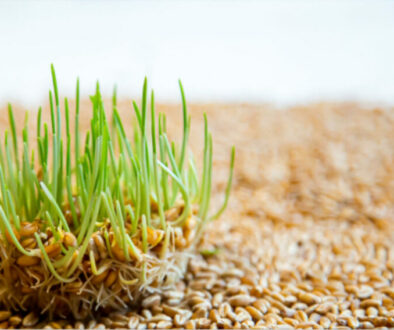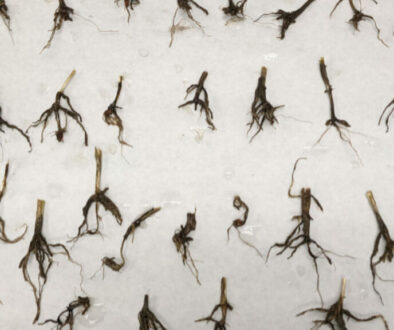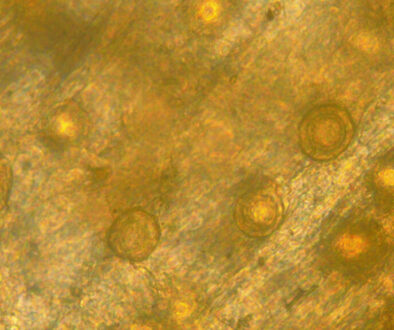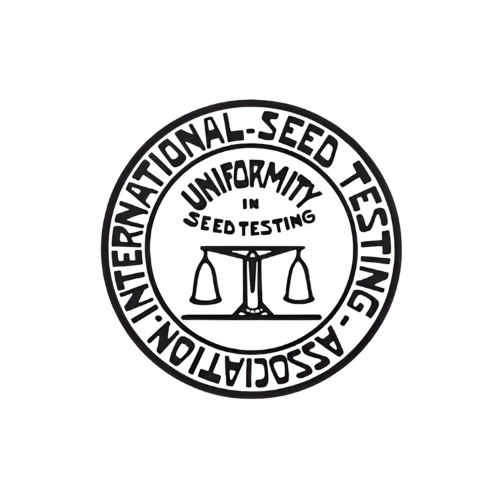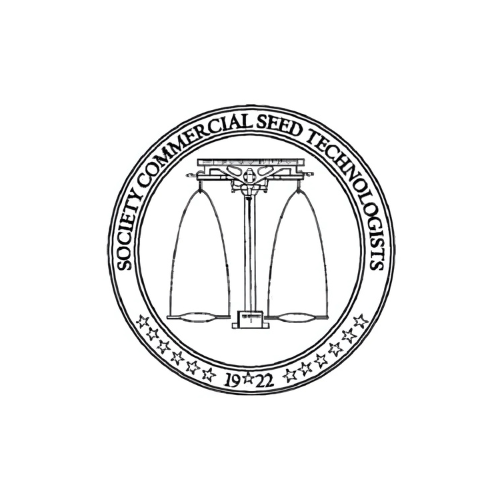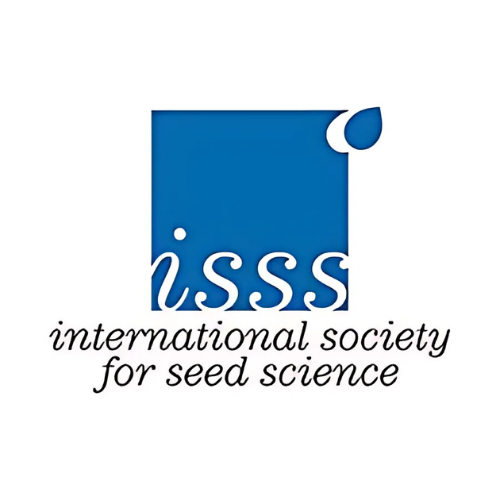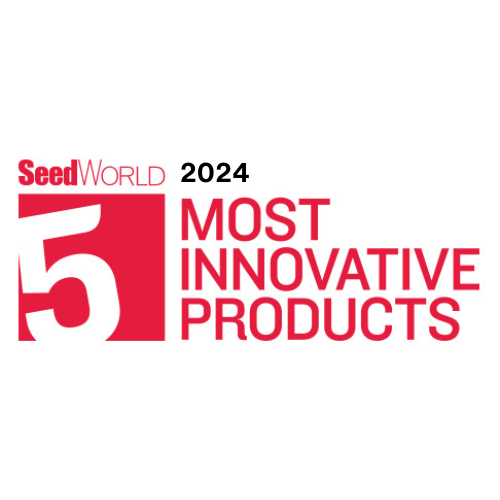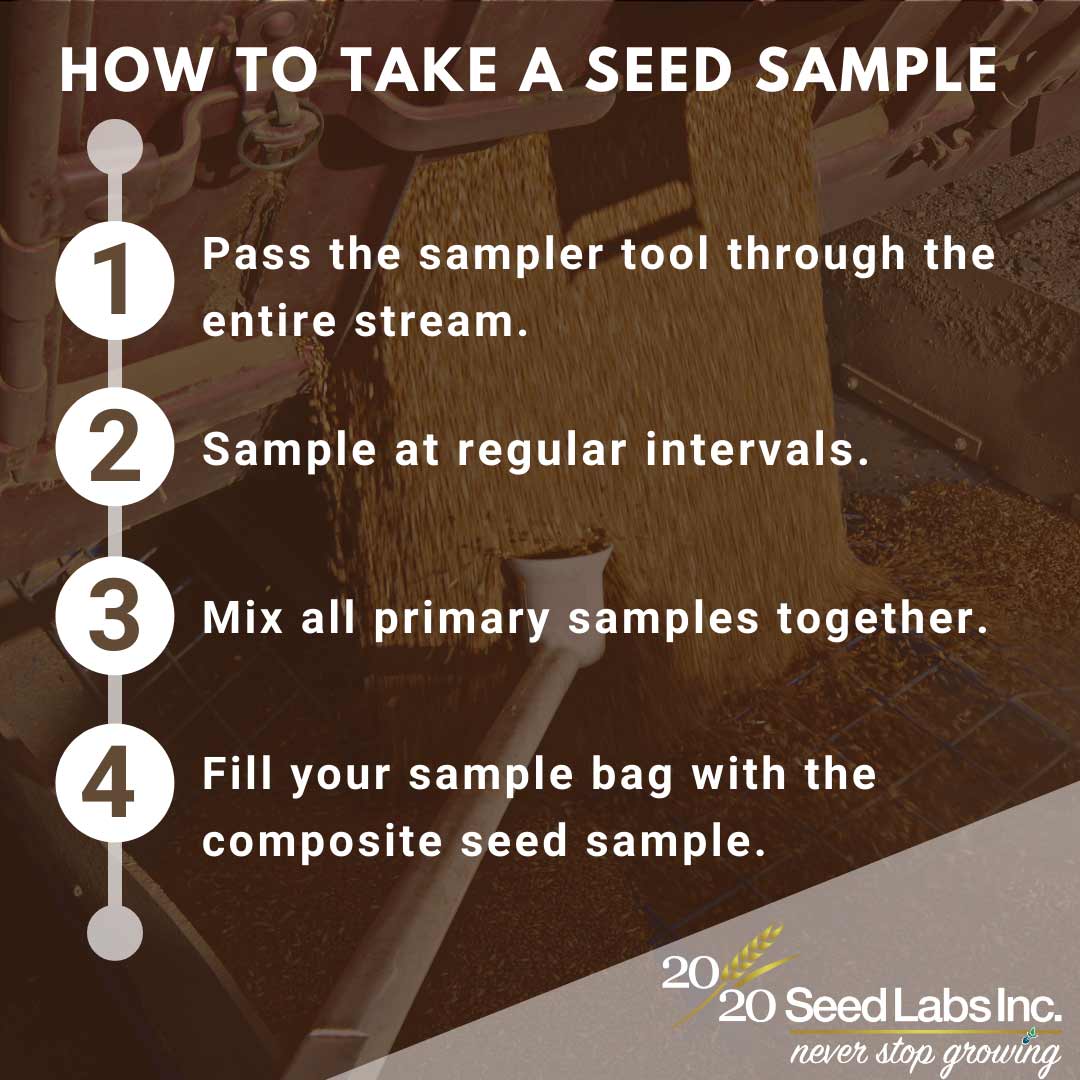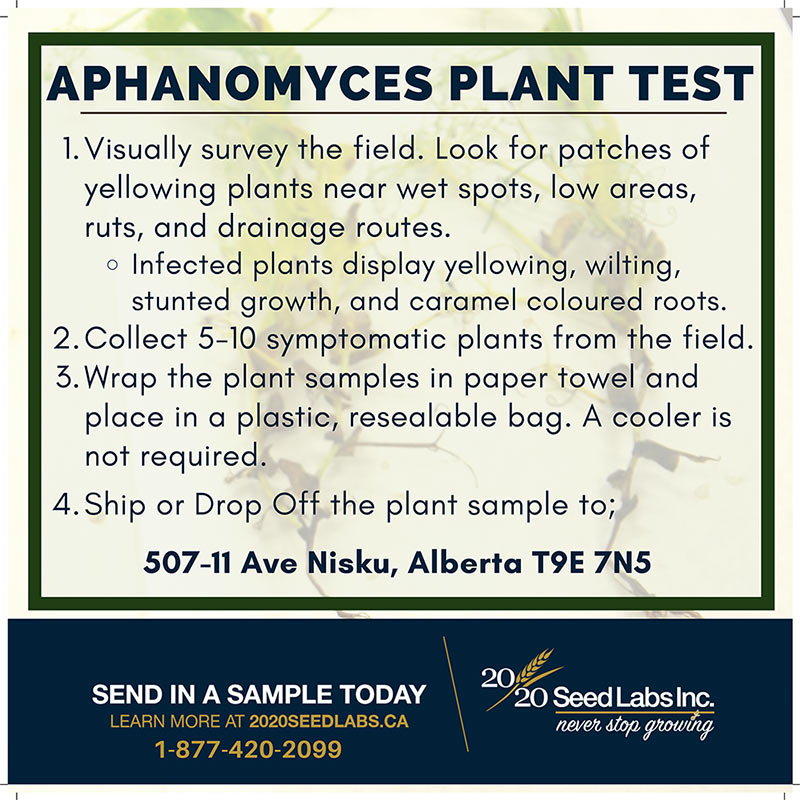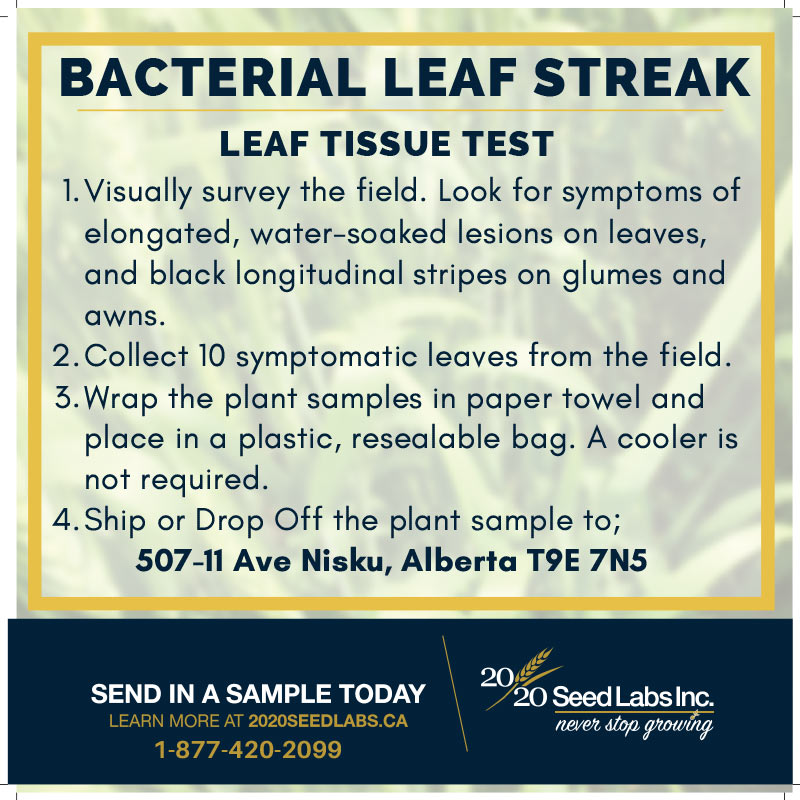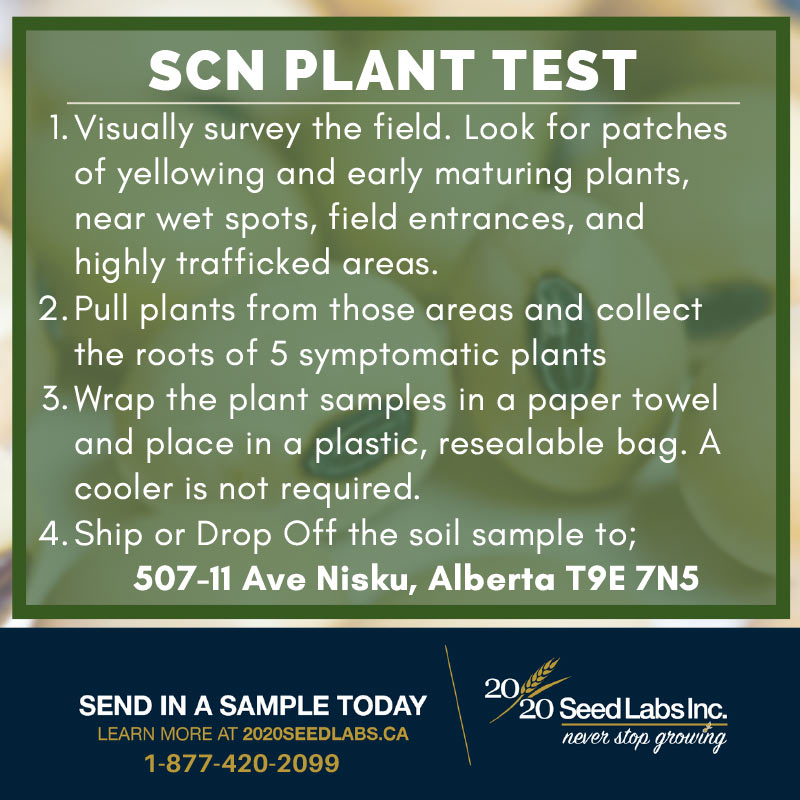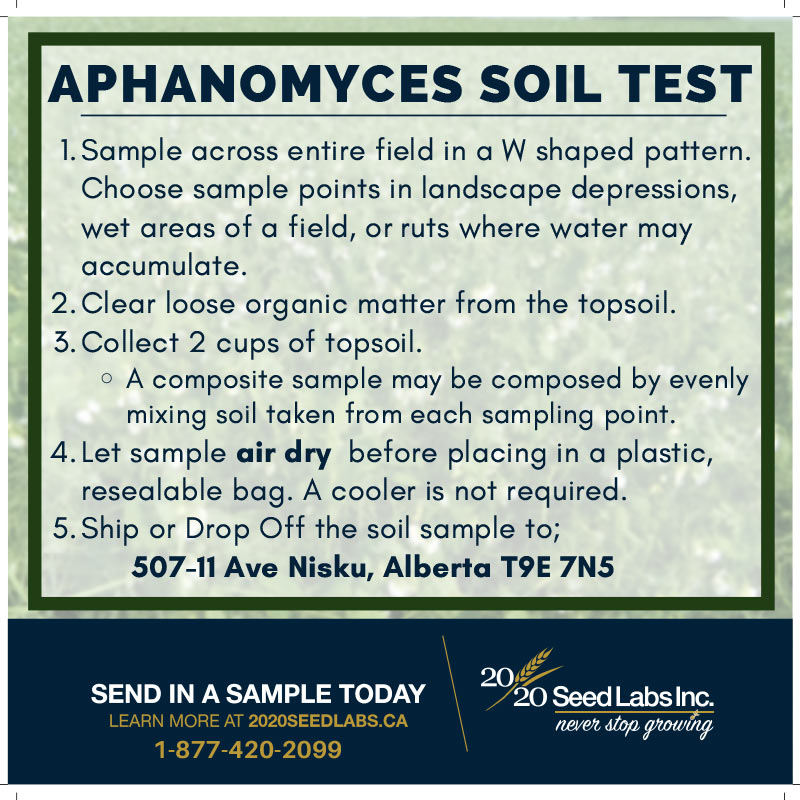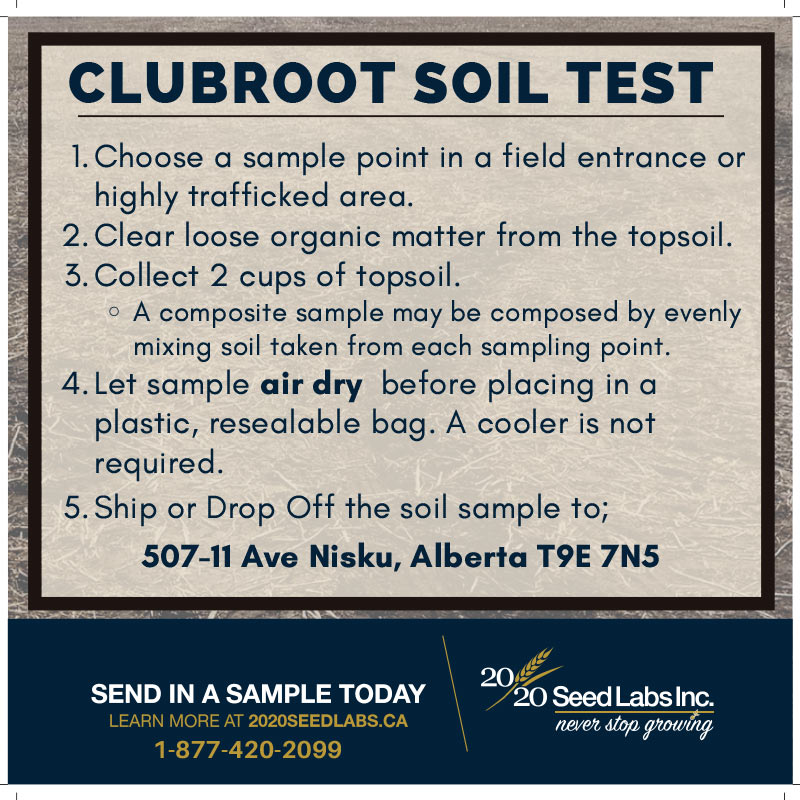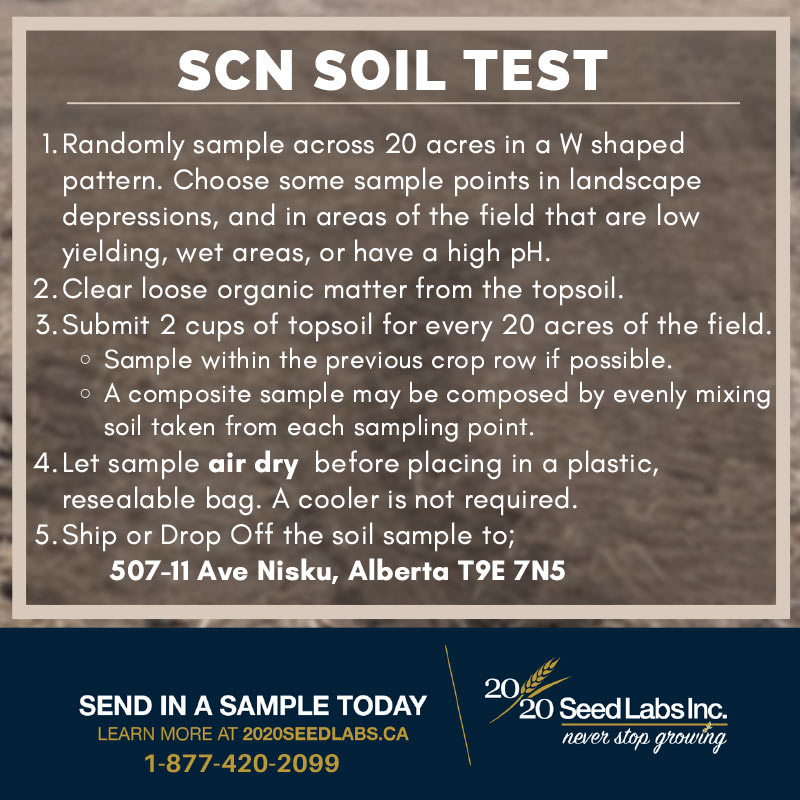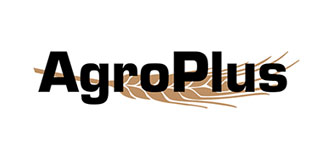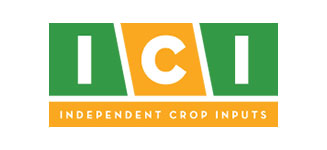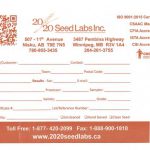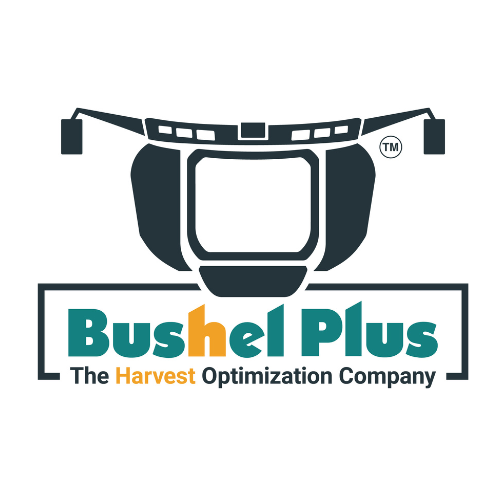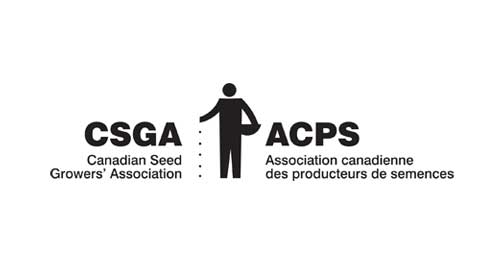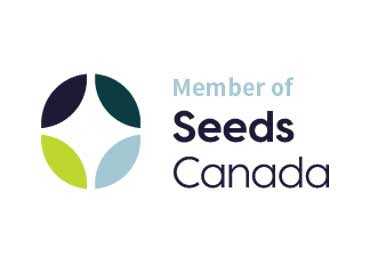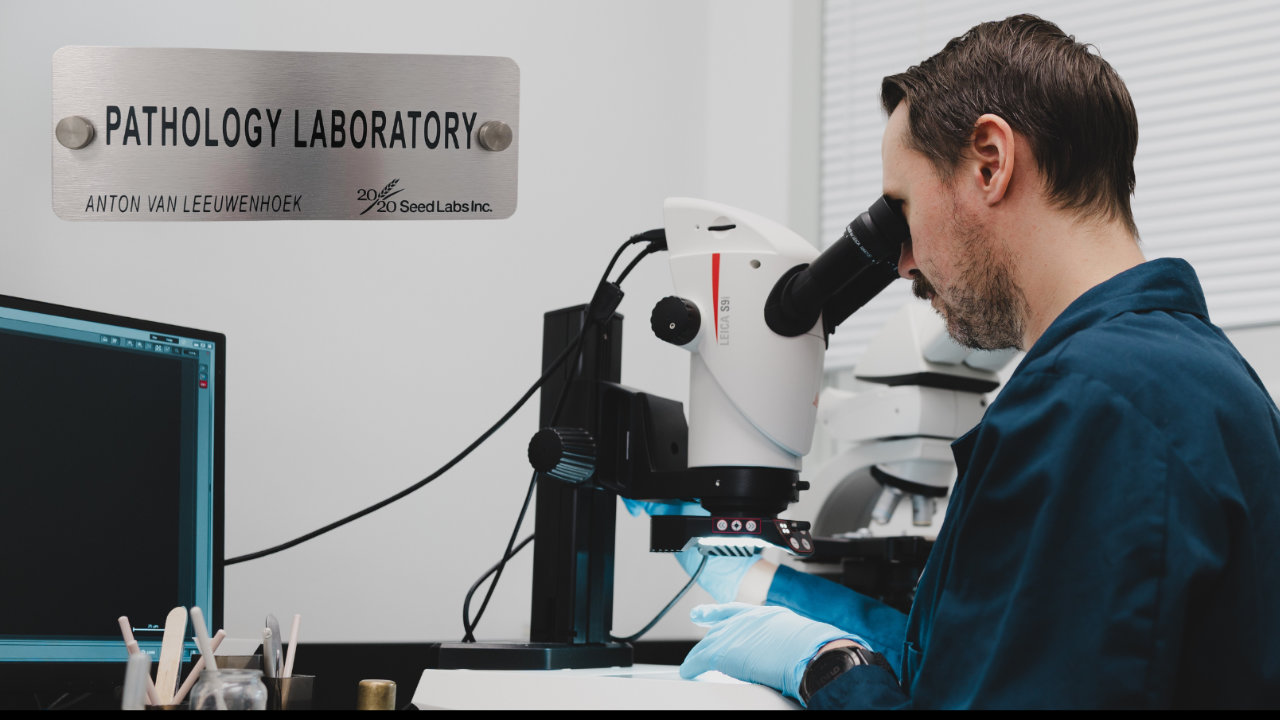
Disease testing of seeds in Canada is essential for identifying a wide-range of seed-borne pathogens beyond just Fusarium graminearum, enabling tailored seed treatment plans.
The results gathered from Fungal Screen Test will contribute to more confident and informed decisions about seed quality, treatment rates, and disease management, improving overall crop yields.
By detecting pathogens early, growers can implement proactive strategies that promote long term sustainability and protect future harvests.
The most common disease test that we perform in our lab is the Fusarium graminearum plate test. A Fusarium graminearum test will only give you the amount of that single pathogen that is present, and there may be other pathogens present at high levels that can devastate a crop before it’s able to get established. With a Fungal Screen test we observe and report on 10 different fungi that can be seed-borne in cereals.
Including:
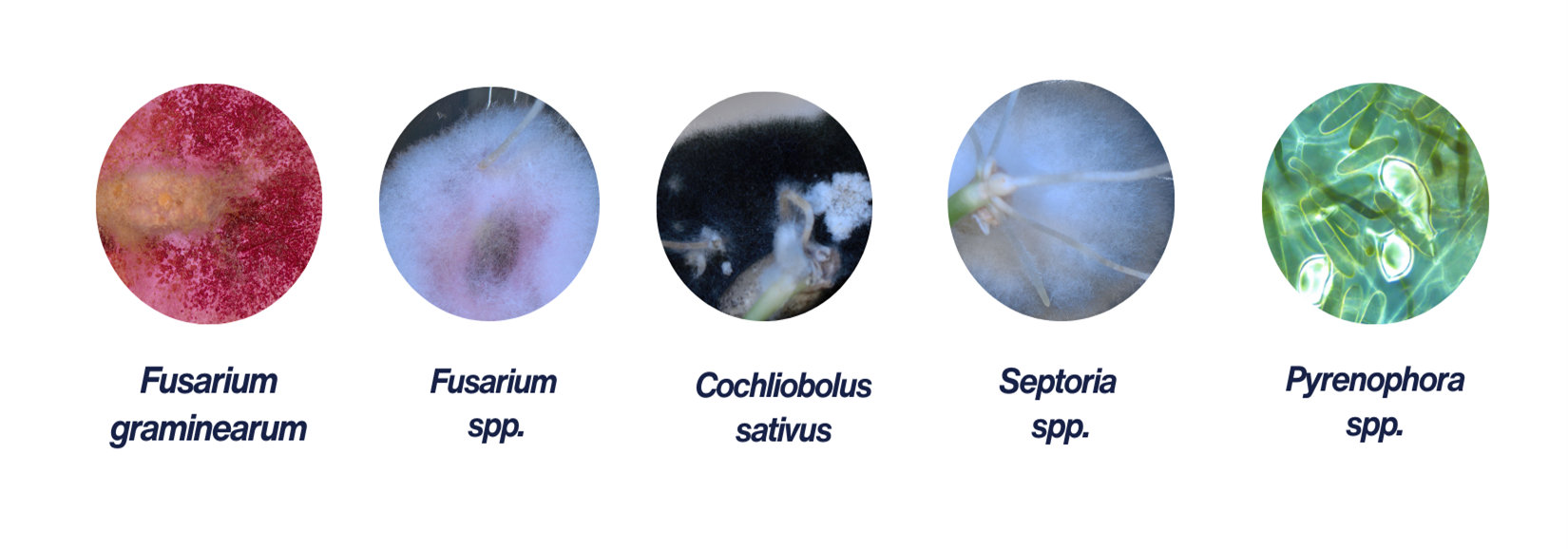
The report is split up into 3 different categories: Pathogens, Saprophytes, and Storage Molds.
Here is an example of a report:

In this example the client has 31% Fusarium spp. other than F. graminearum present, as well as 16.5% Pyrenophora spp., and 0.5% Septoria spp. That’s a total of 48% – almost half of the seed – that has a pathogen present. If this client had only requested a Fusarium graminearum test, they would not have this important information. When considering how important planting good, quality seed is to get off on the right foot for the growing season, you need to have the most information to make the best decisions.
The information from a Fungal Screen can be used to make informed decisions about which seed to use, seeding rates, if you need a seed treatment, then what seed treatment to use at what rate, and even what diseases you will want to scout for during a growing season.
I’ve collected the average % of samples testing positive for each of these pathogens going back to 2007 (Figure 1).
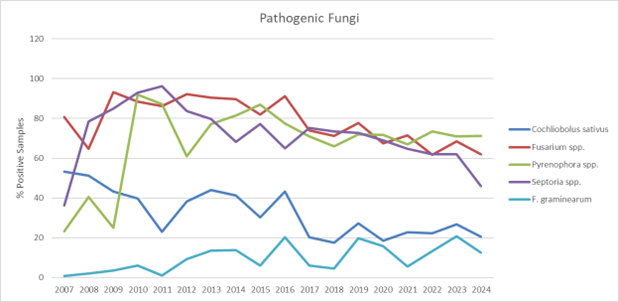
Figure 1. % of cereal samples from Alberta testing positive for Cochliobolus sativus, Fusarium spp., Pyrenophora spp., Septoria spp., and F. graminearum tested at 20/20 Seed Labs every year since 2007.
Pyrenophora spp. is the most common pathogen this year, although it decreased slightly from last year to 69.7% positive. Fusarium spp. (other than F. graminearum) is the next most common pathogen. 2024 is showing the lowest % of samples testing positive for Fusarium spp. at 60.6%. Septoria spp. is third most common but has been on a decline since its peak in 2011. This year 46.3% of samples have a Septoria spp. infection. Interestingly, Cochliobolus sativus shows a similar increase and decrease each year as F. graminearum, although it is on a gradual decline since its peak in 2007. This year samples positive for Cochliobolus sativus are at the third lowest levels ever observed, at 20.7%.
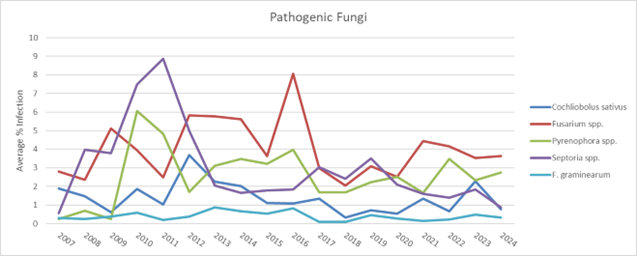
Figure 2. Average % infection of pathogens tested in the Fungal Screen in all cereals tested from Alberta since 2007.
The average % infection of Cochliobolus sativus has decreased from last year to 0.8% (Figure 2). Pyrenophora spp. is higher than last year at 2.7%. Fusarium spp. has increased slightly over last year and sits at 3.6%. Septoria spp. is at the lowest level since 2007 at 0.8% infection in the average sample.
The results from a Fungal Screen test can assist in selecting a Seed Treatment, ensuring that the pathogens you know are present are either controlled or suppressed by your seed treatment of choice. A Certified Crop Advisor (CCA) or Certified Professional Agronomist (CPAg) can be consulted to help with this process. The labels for the seed treatment need to be carefully read to understand what they are able to control and suppress. I have looked at the labels of a few common seed treatments and put these into a table below to help understand the capability of each product.

Table 1. Control and Suppression of Fungal Screen species for some common seed treatments.
The “control” is often for seedling blights and seed borne infections, while “suppression” is often for later infections, such as root rot, or soil borne infections. There are also pathogens on many of the labels that I have not included in this table because they are not tested for in the Fungal Screen. You will see I have included a column for True Loose Smut. This is a test which needs to be requested and performed separately from a Fungal Screen. Before committing to any seed treatment decision, I would like to again stress that the labels need to be carefully read each time as there can occasionally be changes.
At 20/20 Seed Labs Inc., we specialize in a range of disease testing, allowing for growers to tailor seed treatment plans to make confident decisions affecting growing operations year-round.
- Test for 10 different seed-borne fungi including pathogens like “Cochliobolus sativus, Fusarium (including Fusarium graminearum), Pyrenophora spp,, and Septoria spp. to identify risks before seeding.
- Our labs provide an ongoing analysis of pathogen trends to help farmers make informed decisions for each growing season.
How to Submit a Sample for Fungal Screen
- Gather a 500-gram sample following lab guidelines.
- Enter sample information your LMS Customer Portal or contact the lab to setup your online account.
- Place the sample in a clean, secure container (e.g., sealed plastic bag or box).
- Ship or drop off the sample at 20/20 Seed Labs, ensuring it’s properly labeled.
Visit this link for more information on how to submit a sample:
https://2020seedlabs.ca/submit-a-sample/
Learn more about our rates for Fungal Screen Tests here
https://2020seedlabs.ca/our-pricing/
If you have any questions or comments about any of the information presented here, please feel free to contact me at Trevor@2020seedlabs.ca.
Wondering WHO Antoinie van Leeuwenhoek is?
Learn more about the “Father of Microbiology” here: https://en.wikipedia.org/wiki/Antonie_van_Leeuwenhoek
